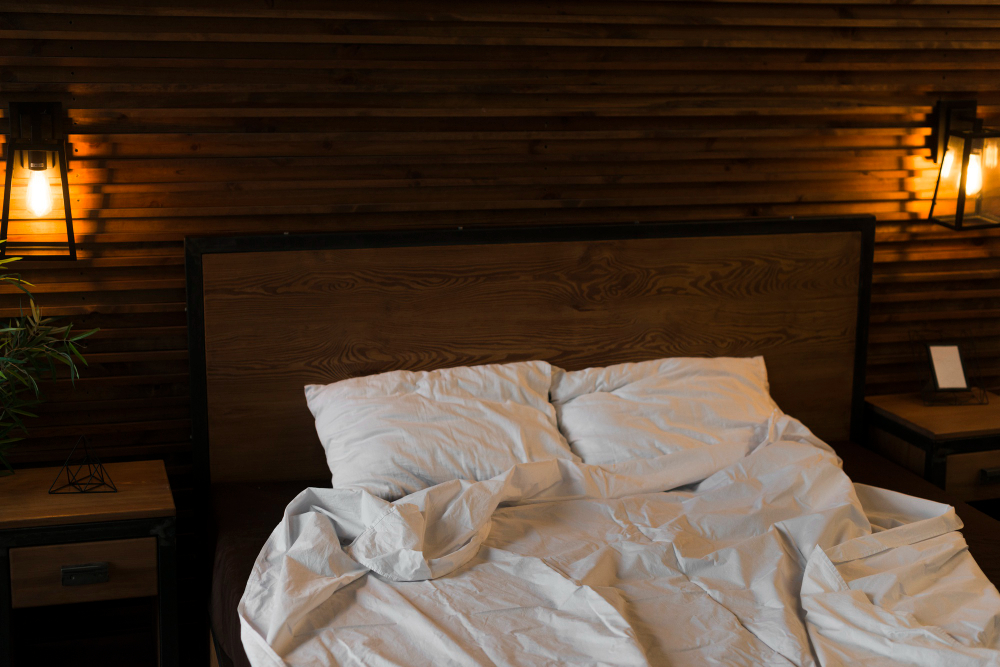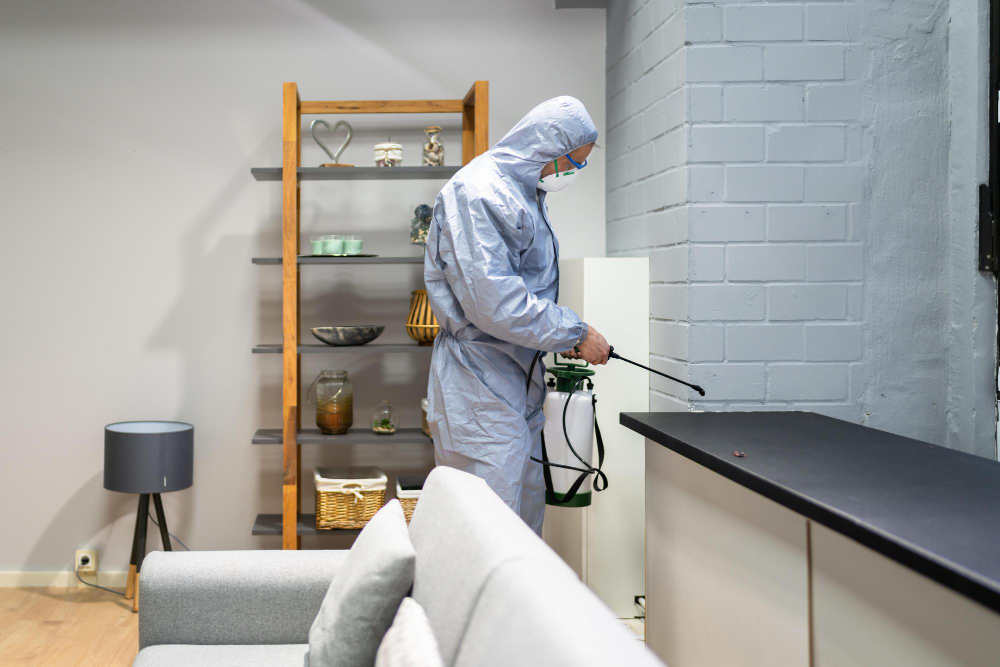Last updated on
Discovering a bed bug infestation in your home can be a nightmare. These tiny pests are not only creepy but also notoriously difficult to eliminate. However, fret not!
There are safe and effective solutions to rid your house of these unwanted guests. In this guide, we’ll delve into various methods to tackle bed bug infestations, ensuring your home becomes a bug-free haven once again.
Thorough Inspection

The first step in dealing with a bed bug infestation is to conduct a thorough inspection of your home. Check all areas where bed bugs are likely to hide, including mattresses, box springs, furniture, and cracks in walls.
Pay close attention to seams, tufts, and folds of mattresses and box springs, as well as any cracks or crevices in bed frames and headboards. Additionally, examine upholstered furniture, curtains, and carpet edges, as these are common hiding spots for bed bugs.
Vacuuming
Once you’ve identified the infested areas, vacuuming is an effective method to eliminate bed bugs and their eggs. Use a vacuum cleaner with a high-efficiency particulate air (HEPA) filter to ensure captured bugs don’t escape.
Vacuum all surfaces thoroughly, including carpets, upholstery, and crevices. Pay special attention to seams, folds, and edges where bed bugs tend to hide. Use the vacuum’s attachments to reach tight spaces and corners.
After vacuuming, immediately dispose of the vacuum bag in a sealed plastic bag outside your home. Be sure to clean the vacuum cleaner thoroughly to prevent any potential re-infestation. Repeat the vacuuming process regularly to remove any newly hatched bed bugs and prevent the infestation from spreading.
Professional Extermination

Professional extermination is often the most reliable way to eliminate bed bugs and restore peace of mind to your home. Pest control professionals have access to specialized equipment and insecticides that can effectively eliminate bed bugs. They’ll conduct a thorough inspection of your home, develop a customized treatment plan, and ensure the infestation is eradicated safely and efficiently.
Before hiring a pest control company, do your research and choose a reputable provider with experience in dealing with bed bug infestations. If you are located in NYC, choose a company that is licensed by the New York State Department of Environmental Conservation.
Ask for recommendations from friends, family, or neighbors, and read online reviews to gauge the company’s reputation. Once you’ve selected a pest control company, schedule a consultation to discuss your infestation and treatment options.
Be prepared to follow any preparation guidelines provided by the exterminator, such as decluttering and vacuuming, to ensure the treatment is effective. During the treatment process, follow any instructions given by the exterminator and cooperate fully to achieve the best results. After the treatment, monitor your home for any signs of bed bugs and follow up with the exterminator if necessary.
Steam Treatment
Steam treatment is a chemical-free and highly effective method to kill bed bugs and their eggs. Use a steam cleaner with a high-temperature setting (above 130°F) to steam-infested areas such as mattresses, furniture, and baseboards. Ensure the steam penetrates deep into cracks and crevices where bed bugs hide.
Start by slowly moving the steam cleaner over the surface, allowing the steam to penetrate the fabric or material. Focus on areas where bed bugs are most likely to hide, such as seams, tufts, and folds of mattresses and upholstery. Hold the steam cleaner nozzle close to the surface but avoid making direct contact to prevent damage.
Steam treatment not only kills bed bugs on contact but also sanitizes the treated surfaces, eliminating any lingering bacteria. Repeat the steam treatment process multiple times to ensure thorough coverage and effective eradication of bed bugs and their eggs.
Encase Mattresses and Furniture
Encasing mattresses and furniture with specially designed bedbug-proof covers can help contain the infestation and prevent bed bugs from feeding on you while you sleep. These covers create a barrier that traps bed bugs inside, preventing them from escaping or biting.
Ensure the covers are labeled as bedbug-proof and are of high quality to avoid tears or rips. Choose covers that fully encase the mattress or furniture and have a zipper closure. Before encasing the mattress or furniture, thoroughly clean and vacuum the surface to remove any existing bed bugs and debris.
Once encased, leave the covers on for at least a year to ensure all bed bugs and their eggs are eliminated. Regularly inspect the covers for any signs of damage and replace them if necessary.
Natural Remedies
For those who prefer natural solutions, several ingredients can help repel or kill bed bugs. Essential oils such as lavender, tea tree, and peppermint are known for their insect-repelling properties. Dilute these oils with water and spray them around infested areas, focusing on cracks, crevices, and other hiding spots. These oils not only repel bed bugs but also leave behind a pleasant scent.
You can also create a homemade bed bug spray by mixing equal parts of water and white vinegar and adding a few drops of essential oil. Spray this solution directly onto bed bugs and infested areas to kill them on contact.
Diatomaceous earth, a fine powder made from fossilized algae, is also effective in killing bed bugs by dehydrating them. Sprinkle diatomaceous earth around infested areas and leave it for a few days before vacuuming it up. Repeat the application as needed to ensure thorough coverage and effective eradication of bed bugs.
Dealing with a bed bug infestation can be challenging, but with the right approach, you can reclaim your home from these pesky pests. From thorough inspections to professional extermination, there are various safe and effective solutions available.
By following the strategies outlined in this guide and staying vigilant, you can ensure your home remains a bed-bug-free sanctuary for you and your family. Don’t let bed bugs take over – take action today!
Table of Contents




